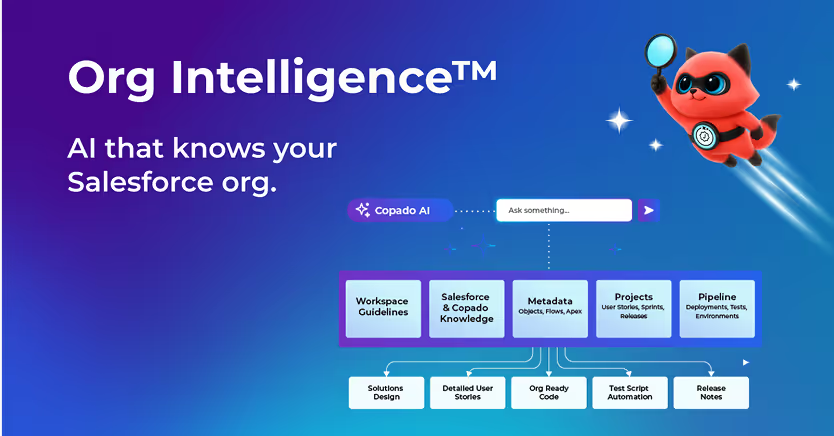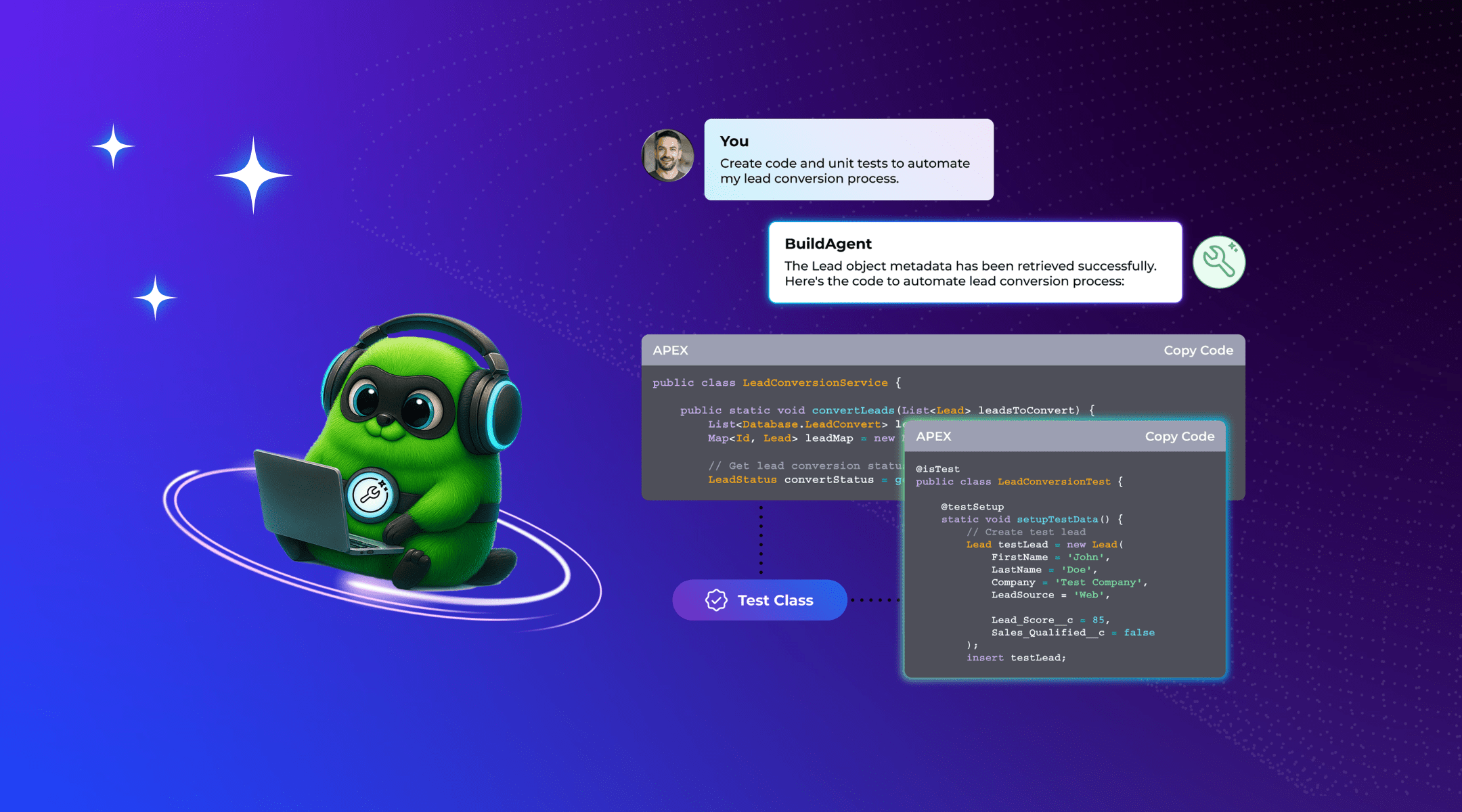In a DevOps organization, development and IT operations come together as a streamlined, cross-functional team. These collaborative processes help eliminate bottlenecks, speed up releases, and improve overall software quality. DevSecOps takes things a step further by bringing security into the fold. DevSecOps encourages shifting left, which means performing security testing and analysis earlier in the development cycle so you can find and fix issues before they affect future dependencies. Security checks are run on infrastructure, code, and configurations to ensure there are no cracks in your defenses.
DevSecOps benefits organizations by increasing release velocity, reducing vulnerabilities, speeding up incident response, and facilitating continuous improvement. It also creates a more collaborative environment in which security is considered everyone’s responsibility.
Five Key DevSecOps Benefits
More Secure Software
The most significant benefit of DevSecOps is that it results in more secure software. Code is continuously (and preferably automatically) reviewed, audited, and tested for security issues. DevSecOps automation tools are much better at finding problems in a large and complex code base than humans are, which means they find vulnerabilities and defects that engineers may miss. This reduces the risk of vulnerabilities making it into your production release, making your software more secure.
Faster Delivery
The goal of DevSecOps is to build security in every stage of development. This takes the place of a “security stage” in your pipeline in which code is held until it can be tested and audited by analysts. Instead, code reviews and security tests are performed during and in between other stages. That means developers and security analysts can simultaneously work on the same code, reducing handoff delays and bottlenecks.
In addition, DevSecOps increases delivery speed because you can find and fix security vulnerabilities earlier in development before new dependencies are introduced. That reduces the complexity of patches and other fixes and further streamlines the development process.
Quicker Incident Response
Even the most robust security solutions can’t provide 100% protection against security vulnerabilities and other issues. This means that addressing them swiftly and decisively is essential. DevSecOps ensures that newly identified vulnerabilities are handled quickly and comprehensively, reducing a hacker’s opportunity to exploit security holes. Since DevSecOps software is released frequently and iteratively, you can deploy patches immediately instead of waiting for the next big release day.
In addition, resolving security issues faster helps to reduce the cost of an incident. Attackers have less time to wreak havoc on your systems, downtime is reduced, and customers are more satisfied — and thus more likely to renew, upgrade, and recommend your product.
Progressively Better Processes
DevSecOps, like DevOps, places a high value on continuous improvement. The goal is to make your processes repeatable and adaptive while gathering metrics and analyzing results from every release. This makes it possible to see what’s working well and identify opportunities to optimize. With each new release, you’ll improve your practices, training, tools, and policies. Ultimately, you and your customers will enjoy faster delivery, more secure software, and more effective incident response.
Greater Collaboration
In an established DevSecOps organization, security is prioritized as highly as development and operations. In addition, security isn’t just the responsibility of a specialized security team — everyone involved in releasing software must take ownership. When a security vulnerability is detected, blame isn’t assigned to any particular person or department. Instead, everyone works together to solve the problem quickly and effectively.
This kind of collaborative culture also fosters greater job satisfaction among developers, sysadmins, security analysts, support technicians, and other members of your DevSecOps team. For one, the ability to work simultaneously and use automated handoffs reduces friction between departments. In addition, DevSecOps gives all stakeholders greater ownership of the security (and overall success) of a development project, motivating them to do their best work.
Achieving DevSecOps Success
DevSecOps benefits organizations by ensuring that security is a top priority at every stage of development. However, DevSecOps isn’t a solution you can buy off-the-shelf and implement overnight. Rather, it will be an incremental process and culture shift, much like DevSecOps development projects themselves.
If you need help introducing DevSecOps within your organization, or if you’re struggling to reach the next stage of DevSecOps maturity, you should consider reaching out to the digital transformation experts at Copado Strategic Services. Our team will analyze your existing people, processes, and products to develop a bespoke DevSecOps implementation strategy that addresses your unique goals and challenges.












.svg)
.svg)

.png)

.svg)








.avif)













%20Data%20to%20Me_BLOG_1080x600.avif)






.avif)

































.avif)







.avif)



.avif)

























%20(1).png)
.png)
.png)

.avif)


.svg)
